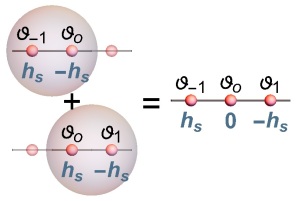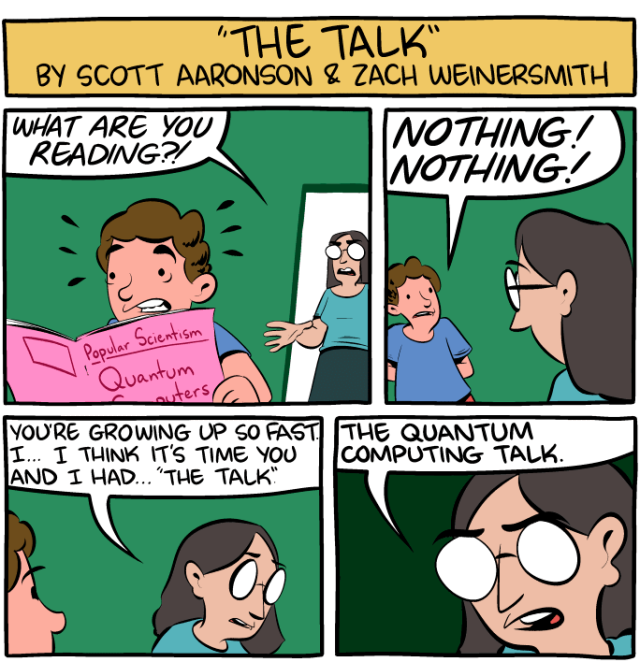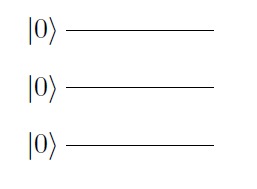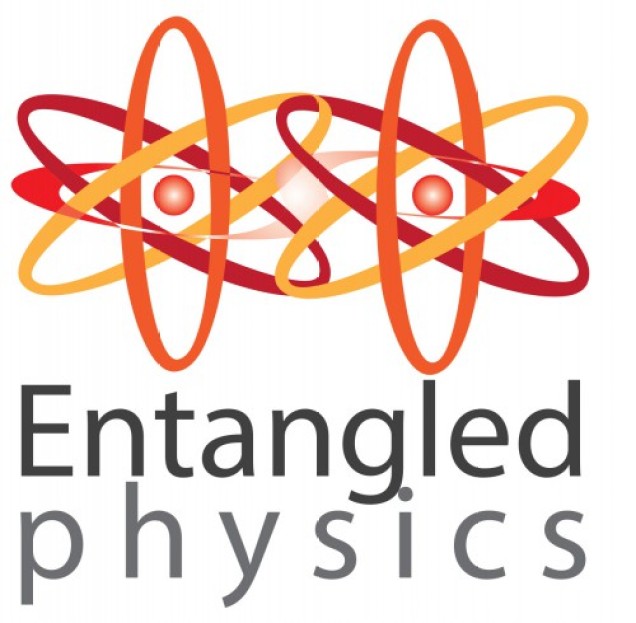Say you are given two quantum states and
, and you are asked the following questions:
How similar are they? Can you distinguish them?
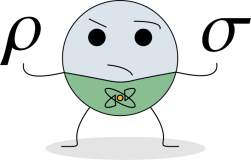
In practice, this situation arises in many scenarios. For instance if you have an imperfect experiment (due to noise) that produces a quantum state , and you wish to find out how close it is to the state
that you originally wanted to create.
While there are many ways to quantify the distinguishability (i.e., the degree of similarity) between two quantum states, we will focus here on one quantity of particular interest in Quantum Information theory: the Quantum Fidelity (or the so-called Uhlmann-Jozsa Fidelity). The Fidelity is defined as
(1)
where is the 1-norm.
A brief History
Let us first try to understand why the Fidelity is defined the way it is.
The history of the Quantum Fidelity can be traced back to the late 70’s and early 80’s to the works of Uhlmann [1] and Alberti [2], who were studying generalizations of the quantum mechanical transition probability between two states. In later years the Fidelity was studied by Richard Jozsa (who coined the term “Fidelity“) [3] and then by Benjamin Schumacher [4] in the context of quantum communications.


